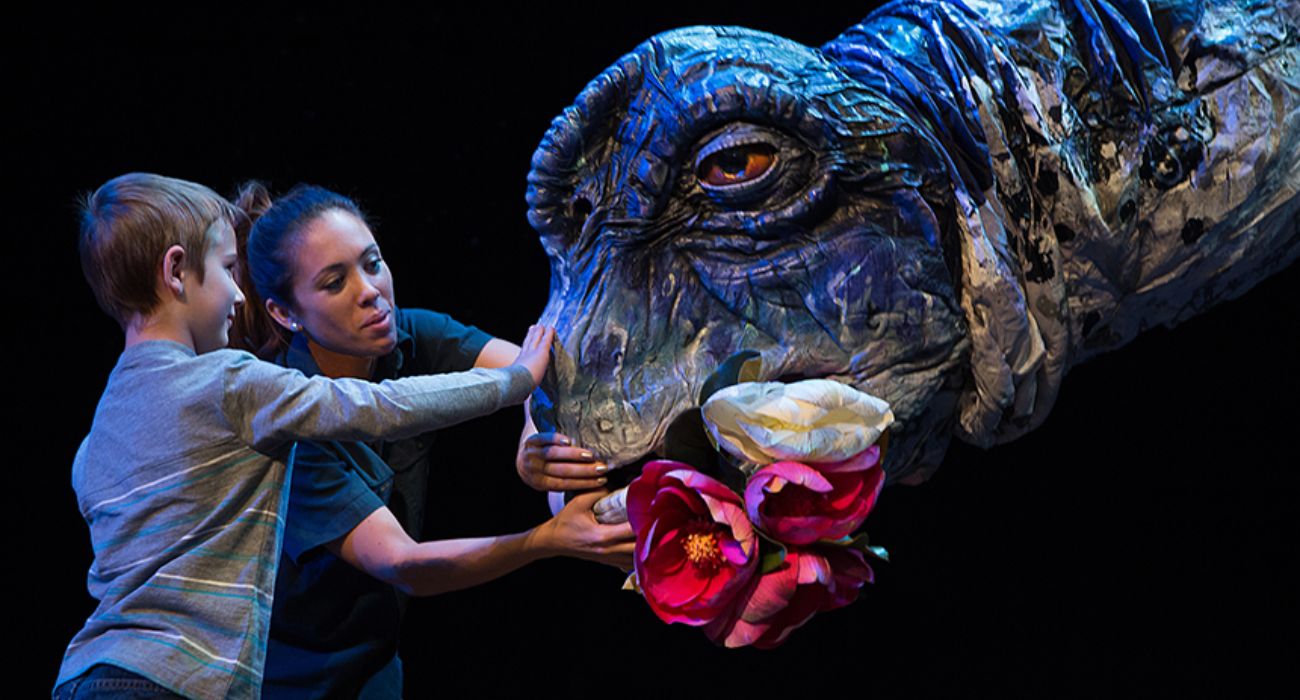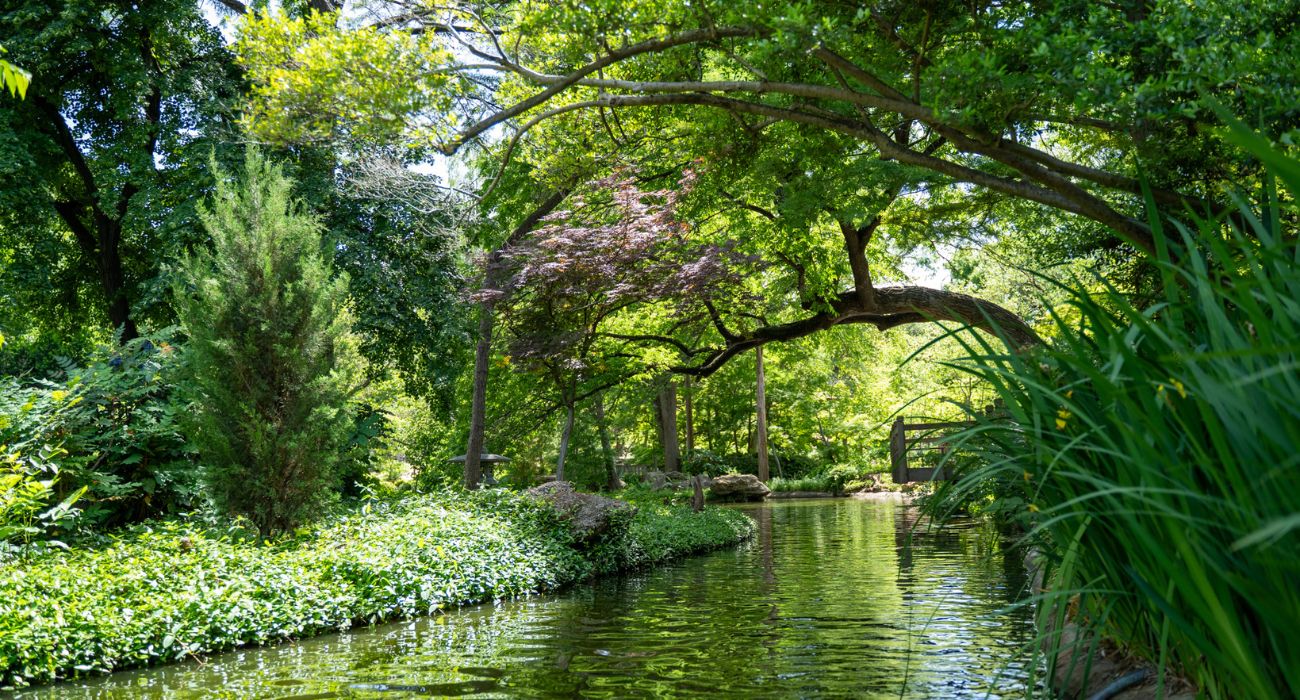While Thanksgiving is primarily associated with Pilgrims who landed at Plymouth in 1620, the tradition has its roots in Texas long before the Mayflower arrived off the coast of New England.
Well over half a century before the arrival of the first English colonists, the first documented thanksgivings were celebrated in the area that later became the continental United States.
For example, in 1541, Coronado and 1,500 of his men observed the Feast of the Ascension at the Palo Duro Canyon on their expedition to find the Seven Cities of Cibola, giving thanks to God for their preservation while traveling. The celebration of mass marked the first known time thanksgiving was offered by Europeans in the land that was to become the United States.
Similarly, Texans hosted a thanksgiving celebration before the Pilgrims, this time in El Paso during Juan de Oñate’s journey. After struggling against bad weather and poor supplies, Oñate asked missionaries accompanying him to offer a mass of thanks upon crossing the Rio Grande.
Gaspar Perez de Villagra, one of the men journeying with Oñate, described the scene.
“The hunters then shot a large number of ducks and geese,” de Villagra wrote. “We built a great bonfire and roasted the meat and fish, and then all sat down to a repast the like of which we had never enjoyed before.”
With the arrival of the English settlers at Jamestown in 1607, a thanksgiving sermon was preached by the Rev. Robert Hunt on Cape Henry, who asked for “the blessings of God upon the undertaking.” Shortly afterward, work began on the building of the first permanent colonial settlement in Virginia.
Despite these earlier occasions of thanksgiving, the most famous and influential one occurred in 1621, when the beleaguered band of Pilgrims gave thanks to God for His provision after the difficult and deadly winter of 1620.
The Pilgrims were a group of religious dissidents who first fled England to Holland, where they lived and suffered for over 10 years before arranging for passage to the New World.
One of their leaders, William Bradford, explained that at times, members of their church “were taken and clapped up in prison, others had their houses beset and watched night and day, and hardly escaped their hands.”
In total, 104 people, including religious Pilgrims fleeing persecution and others who joined them for economic opportunity, sailed on the Mayflower to America. Issues with the ship and bad weather delayed their arrival for months and blew them hundreds of miles off course, causing them to land far from previous settlements and with little time to prepare for winter.
Over the next several months, nearly half of the people died from sickness, starvation, and disease. However, nearby native tribes who allied themselves with the Pilgrims helped provide food and assistance.
The natives, such as the famous Squanto, helped guide the struggling colony in successfully planting and hunting. Without the assistance of the nearby Wampanoag tribe led by Chief Massasoit, the Pilgrims potentially would have failed entirely.
Once the winter passed, the following year brought a plentiful harvest, and the Pilgrims recuperated.
Governor Bradford described the reversal of fortune, noting that the Pilgrims were “all well recovered in health and strength, and had all things in good plenty … All the summer, there was no want.” He recalled that during that time, “there was great store of wild turkeys, of which they took many.”
It was decided to have a time of thanksgiving “so that we might after a more special manner rejoice together after we had gathered the fruit of our labors.”
A hunting party was sent out to provide game for a feast, and Chief Massasoit, “with some ninety men,” also came to celebrate with the Pilgrims.
“For three days, we entertained and feasted,” the Pilgrims described, noting that “although it be not always so plentiful as it was this time with us, yet by the goodness of God, we are so far from want.”
Although the development of our modern holiday of Thanksgiving would still take many years to formalize, the celebration of the Pilgrims planted the seed of what was to come, and many of our traditions reflect what took place that day.







Not sure I ever read about the Texas Thanksgivings part of History. Thanks for this. Interesting!